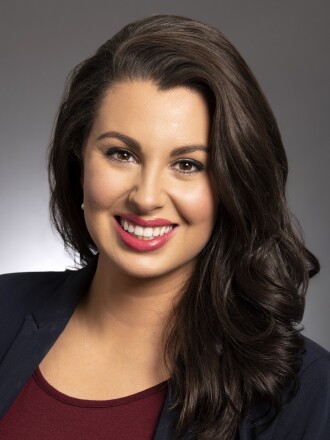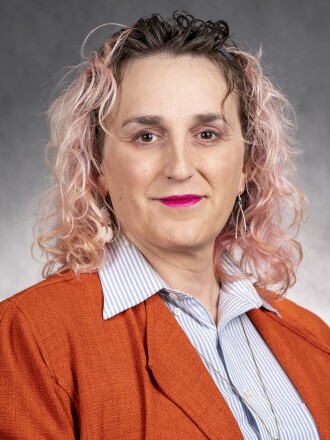MINNEAPOLIS — A bill moving through the Minnesota Legislature would establish a “Minnesota Women’s Bill of Rights” and classify a person as being either male or female.
Introduced by Sens. Karin Housley, R-Stillwater, and Julia Coleman, R-Waconia, says there are two sexes, designated at birth, and defines terms including male, female, boy, girl, mother and father.
ADVERTISEMENT
According to the draft bill, sex does not include gender identity and “every individual is either male or female.”


“I think we’ve gotten to this sad gray area in our culture where we’ve lost the definition of what a woman is,” Housley said. “I wanted to fix that, and this bill does that.”
The Women’s Bill of Rights, if enacted into law, would apply whenever the state classifies people on the basis of sex, according to the proposed bill. This includes the collection of “vital statistics related to sex” by public schools, school districts, government agencies or any entity working under the state government.
Concerns over safety, perception
The bill has a specific subsection regarding discrimination, which says that the state may provide separate environments — like bathrooms, locker rooms, domestic violence shelters and other living facilities — for men and women, as defined by the bill, to “ensure safety.”
“It’s about wanting to uplift women and protecting our little girls,” Housley said. “We want to let them know that in the future, they can do whatever they want and will be protected in our environment.”
Coleman said she has heard safety concerns from women regarding transgender women using women’s bathrooms and locker rooms.
“There are absolutely spaces that should be safe for women and free from biological males, regardless of how they identify,” she said. “These are spaces that should be held sacred for women.”
ADVERTISEMENT
The bill states that intersex is not a third sex, and that those with “congenital and medically verifiable” differences in sex development will be accommodated according to state and federal law. The bill draft does not elaborate further on the subject.
Kat Rohn, the executive director of LQBTQ+ advocacy group OutFront Minnesota, said this type of legislation speaks to a broader conversation about the rights of transgender individuals.
“It’s important to recognize all of the bills and legislation addressing these questions are coming in the context that is seeking to treat the rights of LGBTQ individuals in an opposition to existing rights for folks,” they said. “These bills are seeking to define and single out groups of people, inherent contradiction to our state’s long-standing commitments to equality and inclusion.”
Rep. Leigh Finke, the first transgender woman to be elected to the Minnesota Legislature, said that perpetuating transgender individuals as a threat is used as a tactic to justify attacks on transgender rights.

“It operates under the same mechanism, that if we make the false assumption that trans people are a threat to cisgender people, then there is no means, no steps that aren't called for,” she said. “We know in reality trans people are far more likely to be victims than cisgender people of discrimination and bullying and targeting, but as long as you hold to the line that we are a threat, you can do whatever you want.”
Housley said the purpose of the bill was to protect women.
“I wanted to make sure that we didn’t deny access or limit any rights of transgender individuals,” she said. “It’s more about protecting women and wanting to uplift women.”
ADVERTISEMENT
Science behind the definitions
defines “female” as an “individual who has, had, will have, or would have (but for a developmental anomaly, genetic anomaly, or accident) the reproductive system that at some point produces ova.”
Dr. Erin Stevens, an OB-GYN physician and legislative chair for the Minnesota section of the American College of OB-GYN, said this definition leaves some women out.
, which can interfere with or prevent ovulation, would not fit into the bill's definition of female, Stevens said. Anovulatory conditions include adrenal disorders, pituitary conditions, abnormalities in thyroid function and U.S. women.
“According to this proposed legislation, none of these people would be females,” Stevens said, referring to individuals with those conditions. “Anyone who has struggles with fertility knows that the production of ova is not a guarantee.”
Housley said the bill is not intended to address fertility issues.
“This is just simply defining what a woman, girl, mother, female is, and the infertility issue is completely separate from this bill,” she said.
The bill was referred to the Senate Committee on Judiciary and Public Safety.









